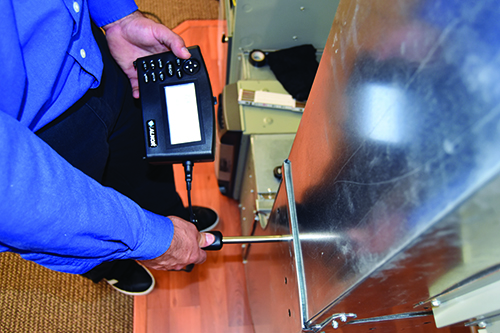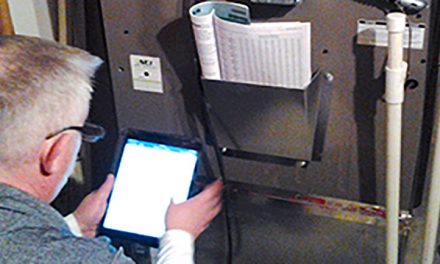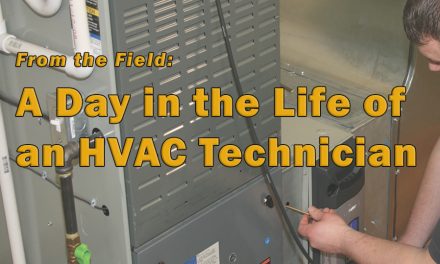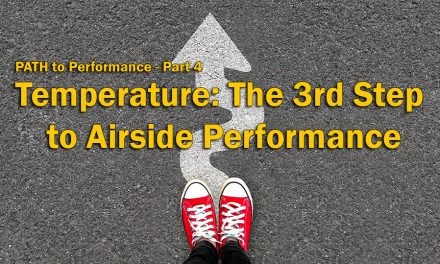For the past year or so, the world was consumed with the battle to beat COVID-19. Experts tell us to follow the science. Experts and politicians tell us to get vaccinated or don’t, wear a mask or not! No one knows if this is science or just someone’s opinion.
In the HVAC industry, we should believe in science. Our industry has quite an effect on people’s lives and health. There are studies on which we base the procedures we follow, but we know that as technology and science change, those procedures may not be as correct, functional, or safe as originally thought.
In the beginning, many directions or instructions we followed were based on opinion rather than verification through testing and measuring. The difference from the pandemic is that we are supposed to wear blinders rather than masks.
Getting Past Laboratory-Based Guidelines
Over the last 30 plus years, there have been many professional studies on different beliefs or guidelines in the HVAC industry. These studies, measuring conditions in the field rather than in a lab, were conducted to determine if certain theories or opinions were factual.
We know at National Comfort Institute (NCI) that “If you don’t measure, you are just guessing.”
It is a fact that these studies have dis-proven specific industry recommendations or standards concerning national building codes and/or manufacturer requirements.
So why has nothing changed? Are the disclaimers or listed precautions listed in the codes or manufacturers’ instructions enough to tell us to be careful?
The Studies Back Up the Science

In 1995, ASHRAE (American Society of Heating, Refrigerating & Air-Conditioning Engineers) released a study from Canada addressing combustion air in cold climates, such as Alaska.
The study concluded that unprotected passive combustion air could deliver up to 15 times more ventilation than required for combustion. This would lead to cold mechanical rooms and broken water pipes.
Even when sheltering combustion air openings, they allowed up to five times more ventilation than needed. Making the openings smaller had much less effect than expected.
The study did show that mechanical or fan-powered combustion air would perform properly under almost all conditions.
Furthermore, the 1995 combustion air study stated that bringing cold outside air directly into burners is not a good idea. Cold outdoor air can create unstable combustion.
Click Below for the Next Page













Opinions are untested hypotheses. Once scrutinized under scientific method, a hypothesis can become repeatable and proven and thereby “Science.” Science requires sharp critical thinking free of bias and error.